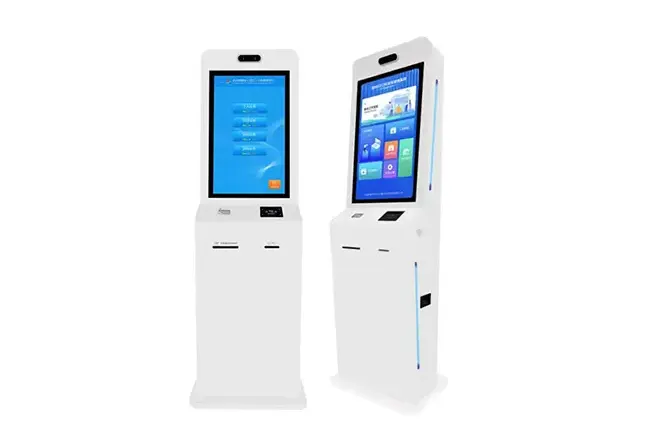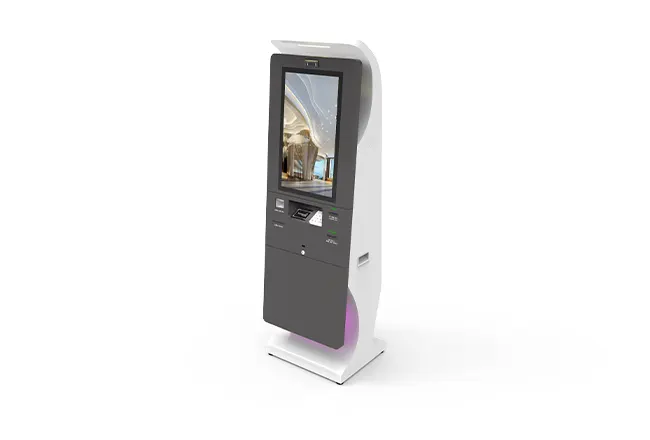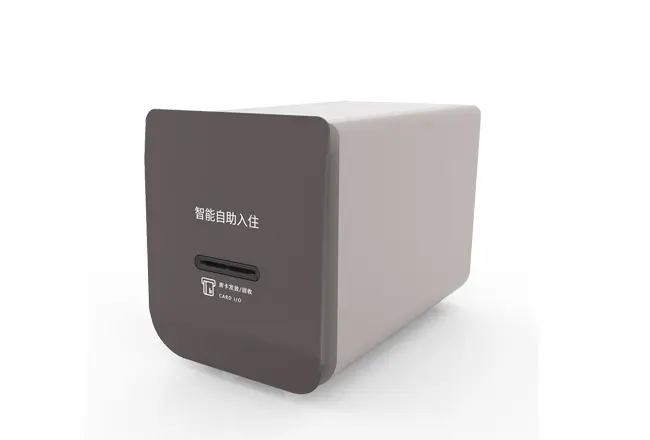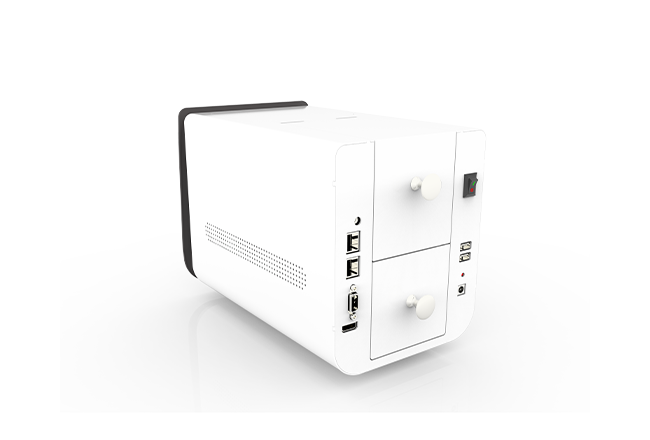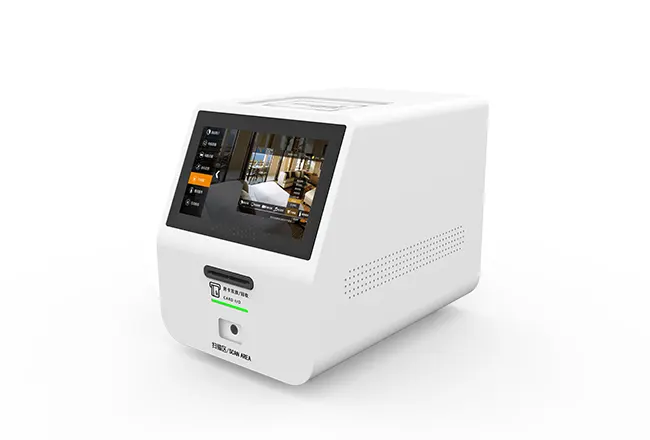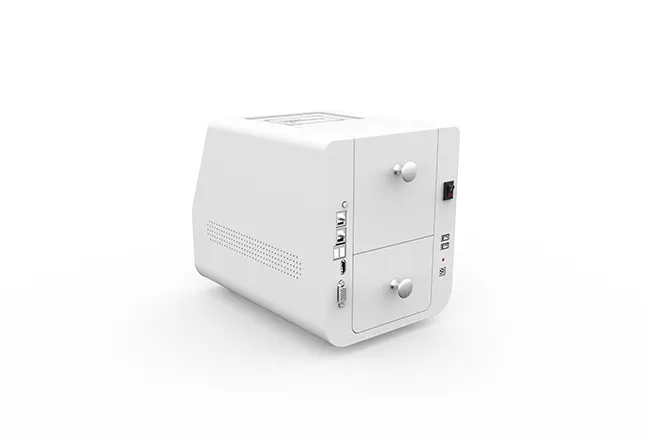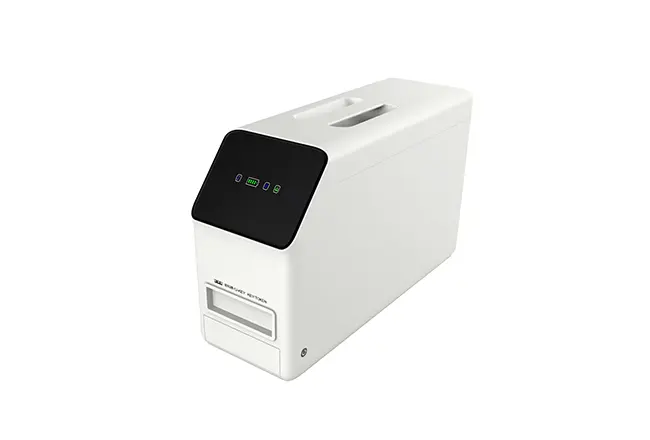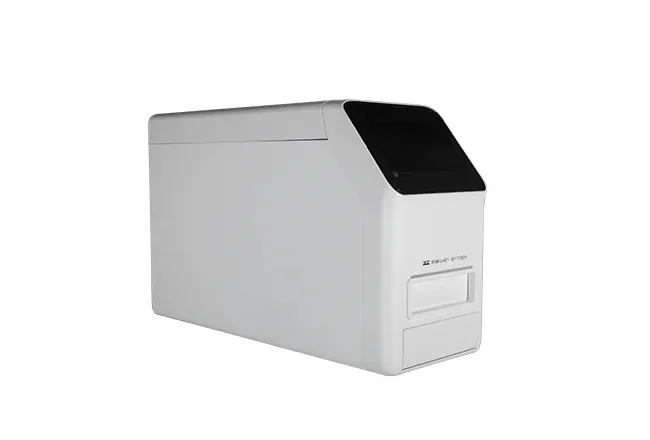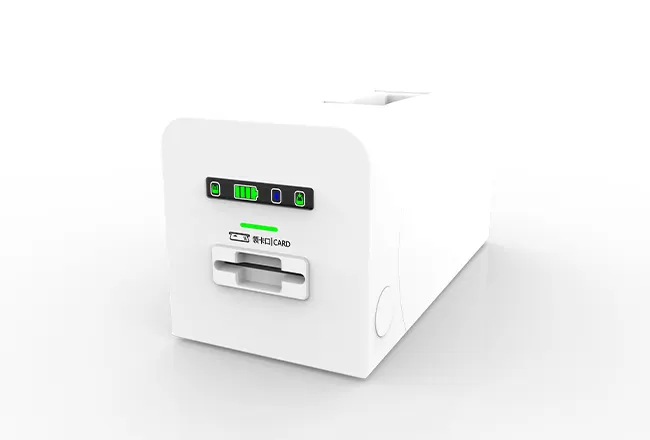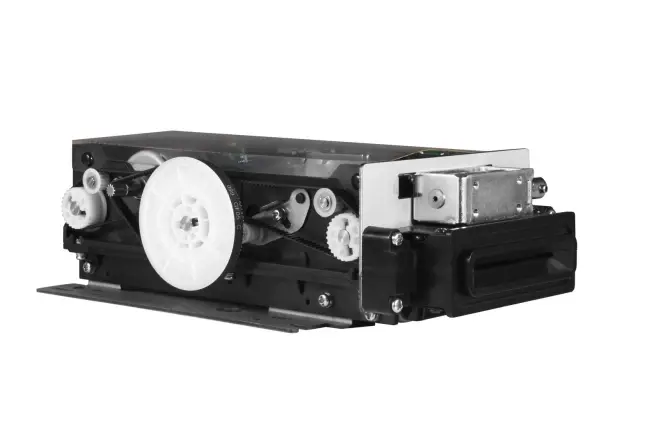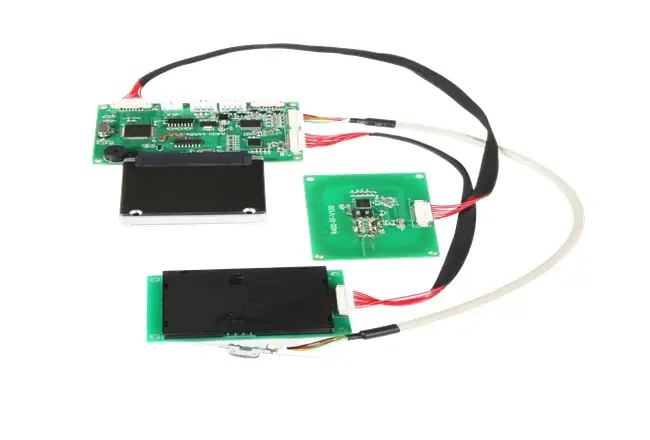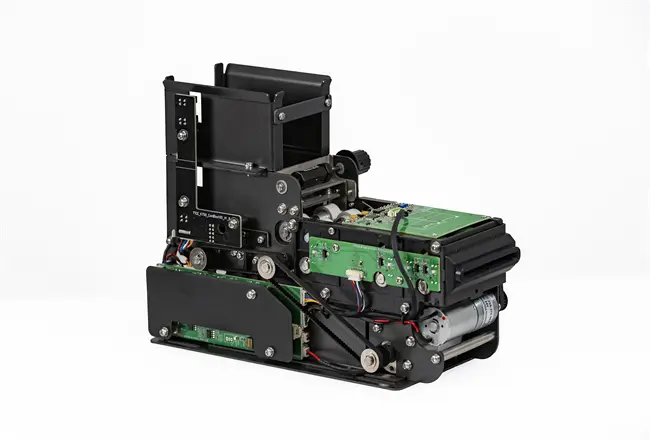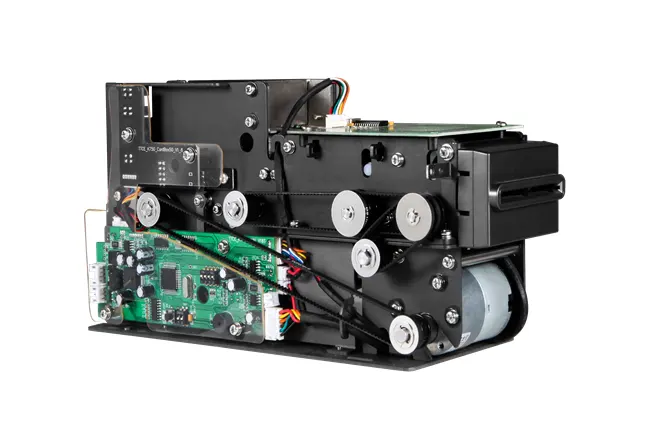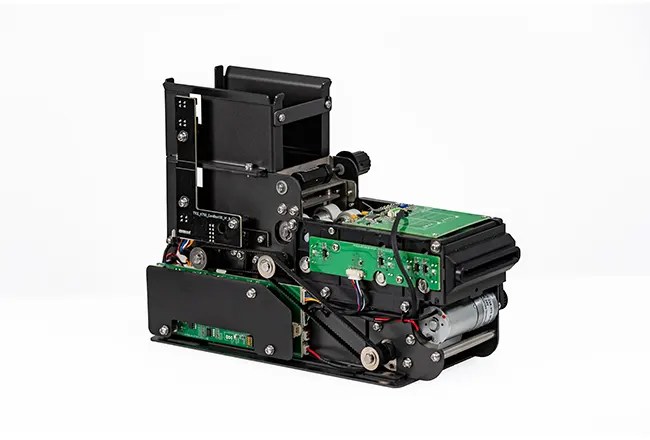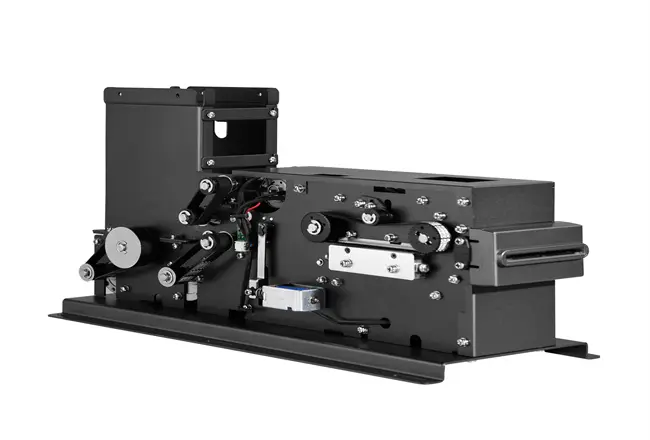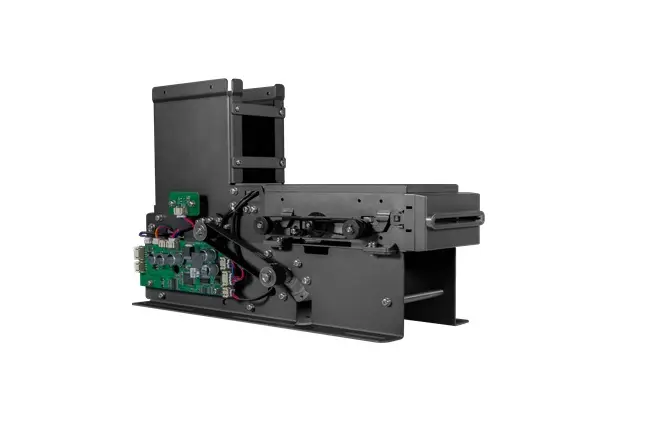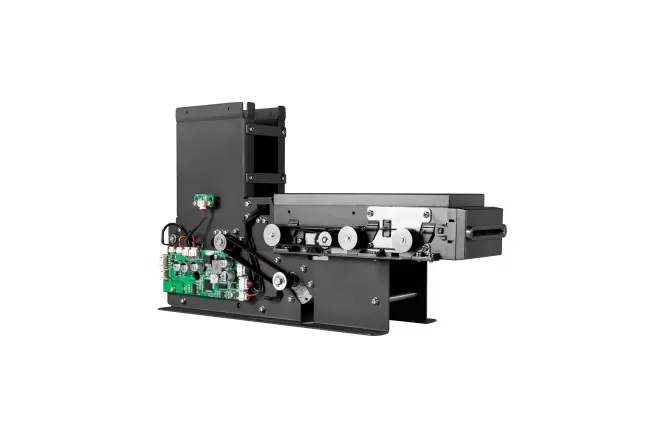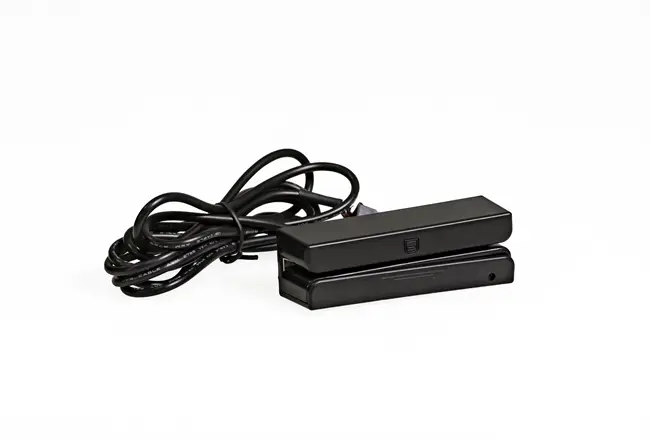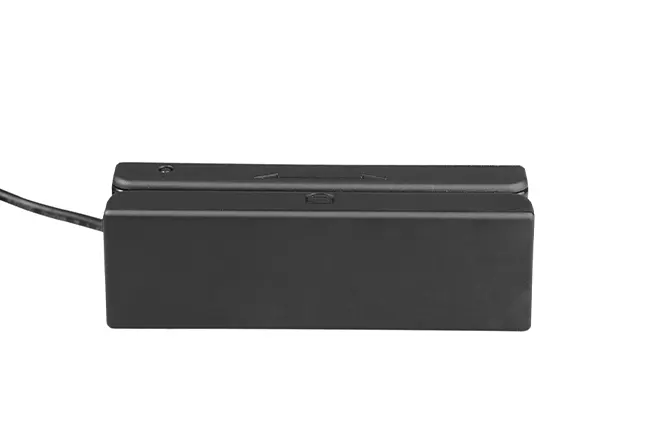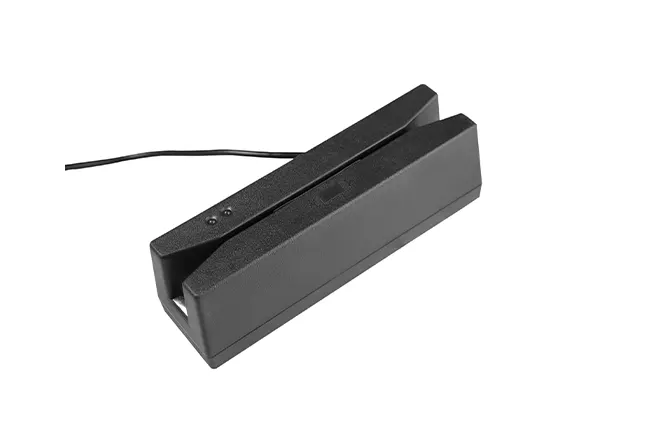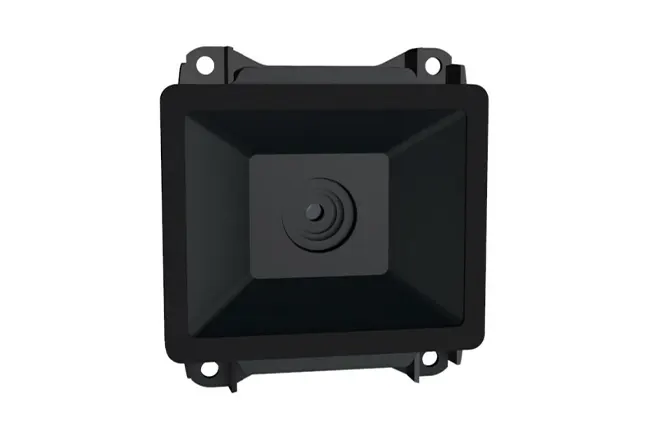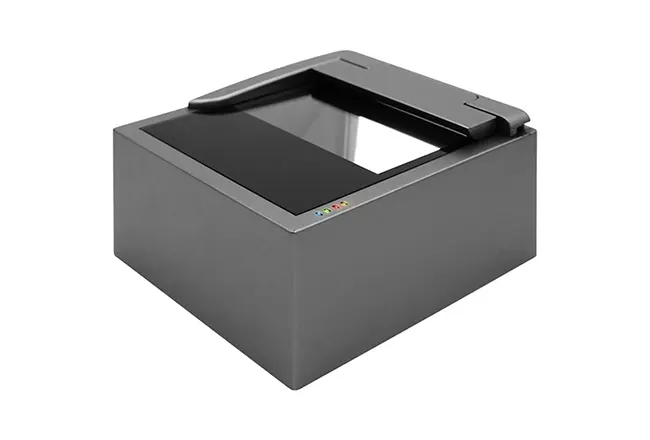Related Post
Circulatory Card Dispensers Technology: How Do They Work?
2025-03-06In today’s fast-paced, self-service world, efficiency and reliability are key. Whether it’s issuing hotel key cards, parking passes, or banking cards, the technology behind card dispensers plays a vital role. Among the most advanced solutions are circulatory card dispensers—innovative machines designed for continuous, high-volume operation. But how exactly do they work?
A circulatory card dispenser is an automated device designed to issue, collect, and recirculate cards in real-time. Unlike standard dispensers that eject cards from a single stack and discard them, circulatory systems reuse cards through a continuous loop, enhancing efficiency and reducing waste.

✅ Core Components
1. Card Hopper (Storage Unit)
This is where the unused cards are kept. It holds a stack of cards. The machine pulls one card at a time when needed. The hopper keeps the cards clean and ready.
2. Transport Mechanism
This part moves the card inside the machine. It uses rubber wheels or belts. These grip the card and push it through different parts. The card goes to the reader, then to the output slot. The movement must be smooth.
3. Read/Write Unit
This part reads data from the card. It can also write new data to it. The card may have a magnetic stripe, chip, or RFID. The machine adds guest or user information here. This is useful in banks, hotels, and ID systems.
4. Output and Input Slot
This is where the user gets the card. After use, the card can be returned into the same slot. The machine pulls it back for reuse. This slot must be safe and easy to use.
5. Recycle and Restorage Path
After the card is returned, the machine checks if it is still good. If the card is fine, it is stored again. The card can be used later by another user.
6. Sensors and Control Logic
These small parts check where the card is. They help avoid card jams. If there is a problem, they stop the machine and give an alert. This keeps the machine safe and working well.
✅ Step-by-Step Operation of a Circulatory Card Dispenser
1. Card Request
The process starts when the system receives a request. A user may want to check in, get a ticket, or access a service. The machine knows a card is needed.
2. Card Pickup from Storage
The machine pulls one card from the storage unit. A small device inside grabs the top card. It moves the card to the next part.
3. Card Movement
The card is moved along a path. Rubber wheels or belts carry it through the machine. The movement must be quick and smooth.
4. Reading and Writing Data
The card passes through the read/write unit. This unit reads data from the card. It also adds new data. The machine might write a room number, account number, or user ID.
5. Card Delivery to User
Once the card is ready, it moves to the front. It slides out through a small slot. The user takes the card and uses it. This part is fast and easy.
6. Card Return (Optional)
After use, the user can return the card. They insert it back into the same slot. The machine pulls it in and checks it.
7. Card Recycle and Restorage
If the card is clean and undamaged, the machine stores it again. It gets ready for the next user.
8. Error Detection
If anything goes wrong, sensors stop the process. The machine shows a message. Staff can fix the issue if needed.
Circulatory card dispensers bring smart and simple solutions to modern businesses. They are made for speed, efficiency, and ease of use. These machines reduce waste by allowing cards to be reused. After a card is issued and used, it can be returned to the machine. The machine checks the card, stores it, and prepares it for the next user. This lowers the number of new cards needed and helps the environment.
They also help save money. By using fewer cards and needing less staff, operating costs go down. The machines work 24/7, so guests and customers get service anytime. This is great for hotels, banks, public transport, and office buildings.
Circulatory systems also improve user experience. People do not have to wait in line. They follow clear steps on a screen and get their card quickly. The system is smooth, reliable, and safe. Built-in sensors help detect errors or jams, keeping the machine working well.
Many industries are switching to this technology. It fits well with self-service kiosks and smart check-in stations. It’s a future-ready solution that supports speed, savings, and better service.

